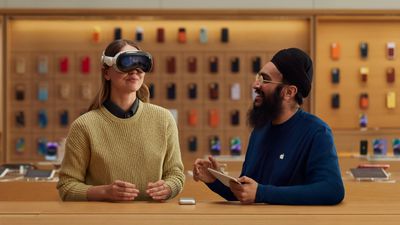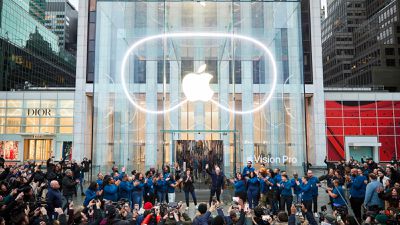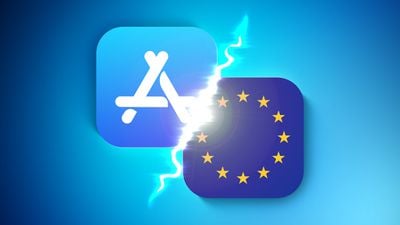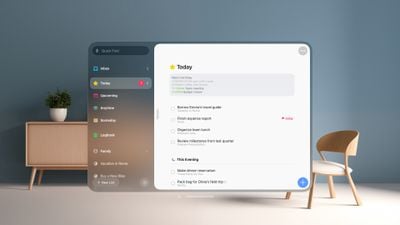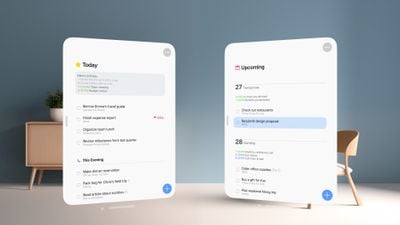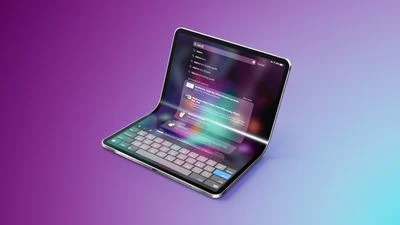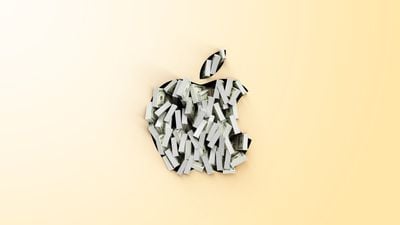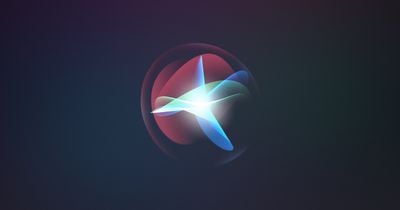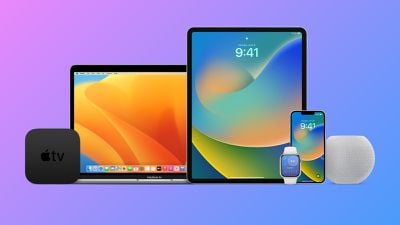On this week's episode of The MacRumors Show, we discuss Apple's potential March event to unveil new iPad and Mac models, iOS 18 as the "biggest" ever iPhone software update, and the first reviews of the Vision Pro headset.
We explore the major products Apple is expected to unveil in March, including a new 12.9-inch iPad Air model, redesigned iPad Pros with OLED displays, and refreshed MacBook Air models featuring the M3 chip, as well as some of the rumored accessories due to arrive at the same time, such as an all-new, "laptop-like" Magic Keyboard for the iPad Pro. We consider whether Apple will opt for a fully fledged event, or a simple series of press releases to announce these updates. We also discuss iOS 18, musing about some of the potential redesigns and improvements that could be in store for the software update.
Following the release of the first reviews of Apple's Vision Pro headset, we dissect the varying reactions to the device, examining its form factor, user experience, and the unique approach Apple has taken to mitigate the traditionally insular experience of VR/AR headsets. We address some of the limitations currently faced by headsets, such as the absence of a direct touch experience, the market's apparent skepticism towards the device, and where it could go next.
The MacRumors Show is now exclusively on its own YouTube channel, so make sure you're subscribed to keep up with new episodes and clips going forward:
You can also listen to The MacRumors Show on Apple Podcasts, Spotify, Overcast, or your preferred podcasts app. You can also copy our RSS feed directly into your podcast player.
If you haven't already listened to the previous episode of The MacRumors Show, catch up for our discussion about the 40th anniversary of the Macintosh, some of the latest controversy surrounding apps for the Vision Pro headset, and the news of Apple's vehicle project yet again being scaled back.
Subscribe to The MacRumors Show for new episodes every week, where we discuss some of the topical news breaking here on MacRumors, often joined by interesting guests like Kevin Nether, Jared Nelson, Eli Hodapp, Luke Miani, Mike Bell, Sara Dietschy, iJustine, Jon Rettinger, Andru Edwards, Arnold Kim, Ben Sullins, Marcus Kane, Christopher Lawley, Frank McShan, David Lewis, Tyler Stalman, Jon Prosser, Sam Kohl, Quinn Nelson, John Gruber, Federico Viticci, Thomas Frank, Jonathan Morrison, Ross Young, Ian Zelbo, and Rene Ritchie.
The MacRumors Show is on X @MacRumorsShow, so be sure to give us a follow to keep up with the podcast. You can also head over to The MacRumors Show forum thread to engage with us directly. Remember to rate and review the podcast, and let us know what subjects and guests you would like to see in the future.


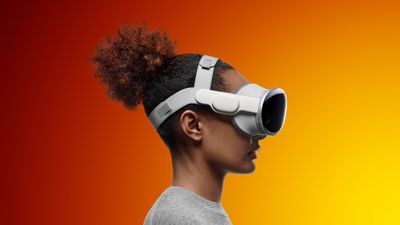
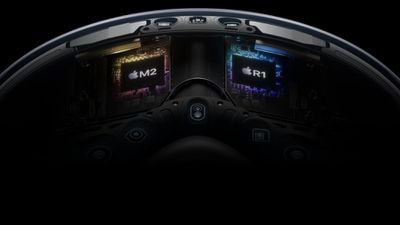
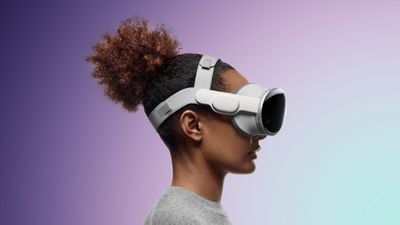
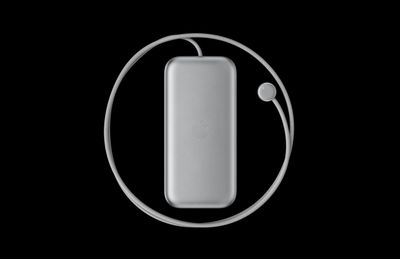
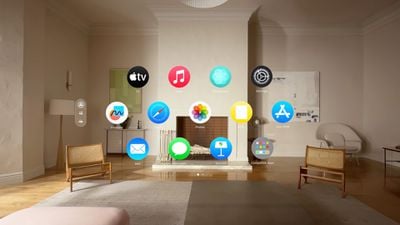
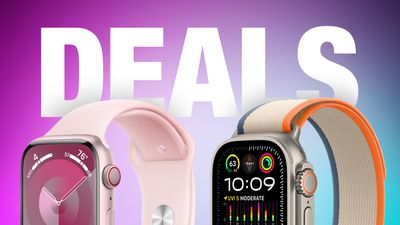 Note: MacRumors is an affiliate partner with some of these vendors. When you click a link and make a purchase, we may receive a small payment, which helps us keep the site running.
Note: MacRumors is an affiliate partner with some of these vendors. When you click a link and make a purchase, we may receive a small payment, which helps us keep the site running.